Whether or not you think humans *should* be announcing our presence to the cosmos, we’re doing it, anyway. Both intentionally, and not. And if aliens really…
Get the latest international news and world events from around the world.
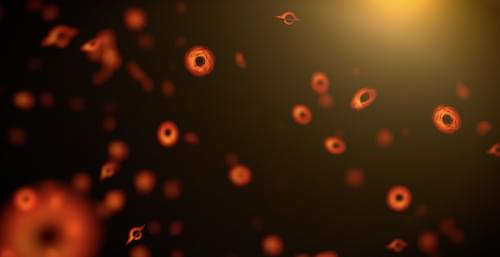
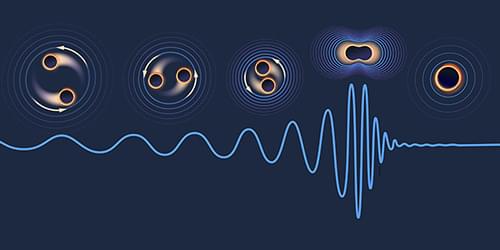
Landmark Black Hole Test Marks Decade of Gravitational-Wave Discoveries
The clearest black hole merger signal ever measured has allowed researchers to test the Kerr nature of black holes and validate Stephen Hawking’s black hole area theorem.
Gravitational-wave astronomy is moving at breakneck speed. Just over a decade ago, the direct detection of gravitational waves was considered an elusive goal—perpetually said to be “five-to-ten years away.” Then came the 2015 breakthrough: the first observed merger of two black holes, known as GW150914 [1]. Detections have since become routine, with a catalog of black hole mergers now numbering in the hundreds. There is even evidence for a gravitational-wave background at nanohertz frequencies, plausibly sourced by a population of supermassive black hole binaries throughout the Universe. Now the LIGO detectors have captured the clearest merger signal ever recorded, GW250114 [2]. From such a signal, the LIGO-Virgo-KAGRA (LVK) Collaboration was able to draw two spectacular conclusions. First, it confirmed that the nature of the merging objects is consistent with that of Kerr (spinning) black holes.
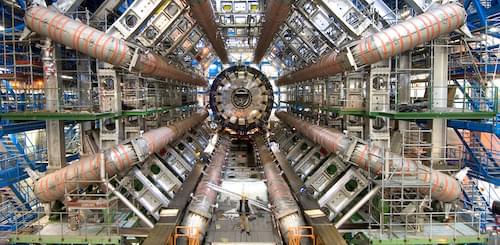
Probing the Higgs Mechanism with Particle Collisions and AI
A deep neural network has proven essential in confirming a key prediction of one of the standard model’s cornerstones.
The Higgs mechanism explains why the electromagnetic and weak interactions have such drastically different strengths—that is, how their symmetry became broken a picosecond after the big bang. The Higgs does not interact with photons, rendering them massless, whereas they do interact with the carriers of the weak interaction (the W+, W–, and Z bosons), giving them masses of order 100 GeV. Their nonzero masses allow them to acquire a longitudinal polarization—that is, a spin orientation perpendicular to their direction of motion. Because of special relativity, photons and other massless bosons that travel at the speed of light can’t have longitudinal polarization, but the W and Z bosons and other massive particles can. If electroweak symmetry had been broken not by the Higgs mechanism but by a different interaction, there would be no Higgs boson to find.
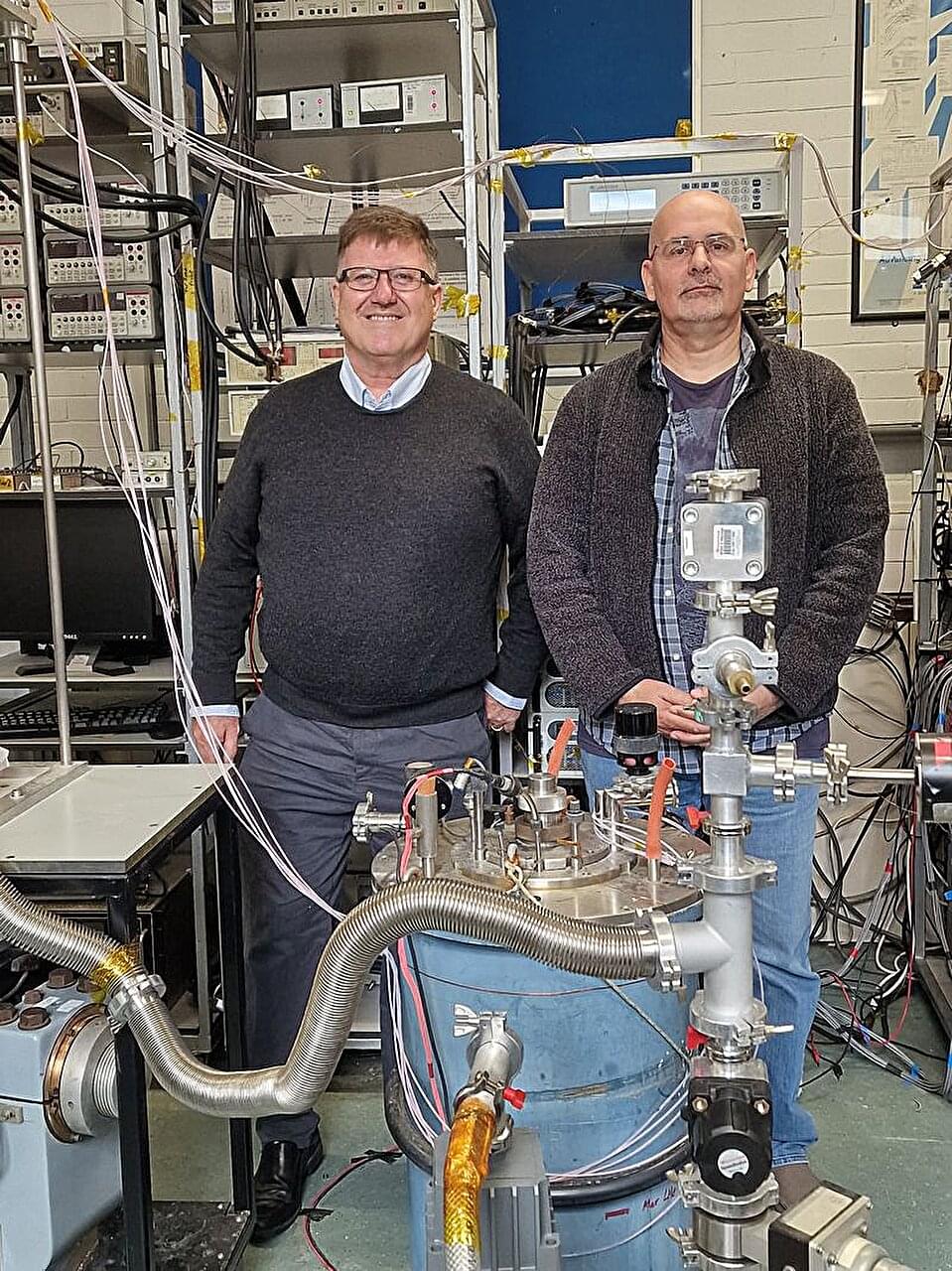
Tests on superconducting materials for world’s largest fusion energy project show reliable measurement protocol
Durham University scientists have completed one of the largest quality verification programs ever carried out on superconducting materials, helping to ensure the success of the world’s biggest fusion energy experiment ITER.
Their findings, published in Superconductor Science and Technology, shed light not only on the quality of the wires themselves but also on how to best test them, providing crucial knowledge for scientists to make fusion energy a reality.
Fusion (the process that powers the sun) has long been described as the holy grail of clean energy. It offers the promise of a virtually limitless power source with no carbon emissions and minimal radioactive waste.
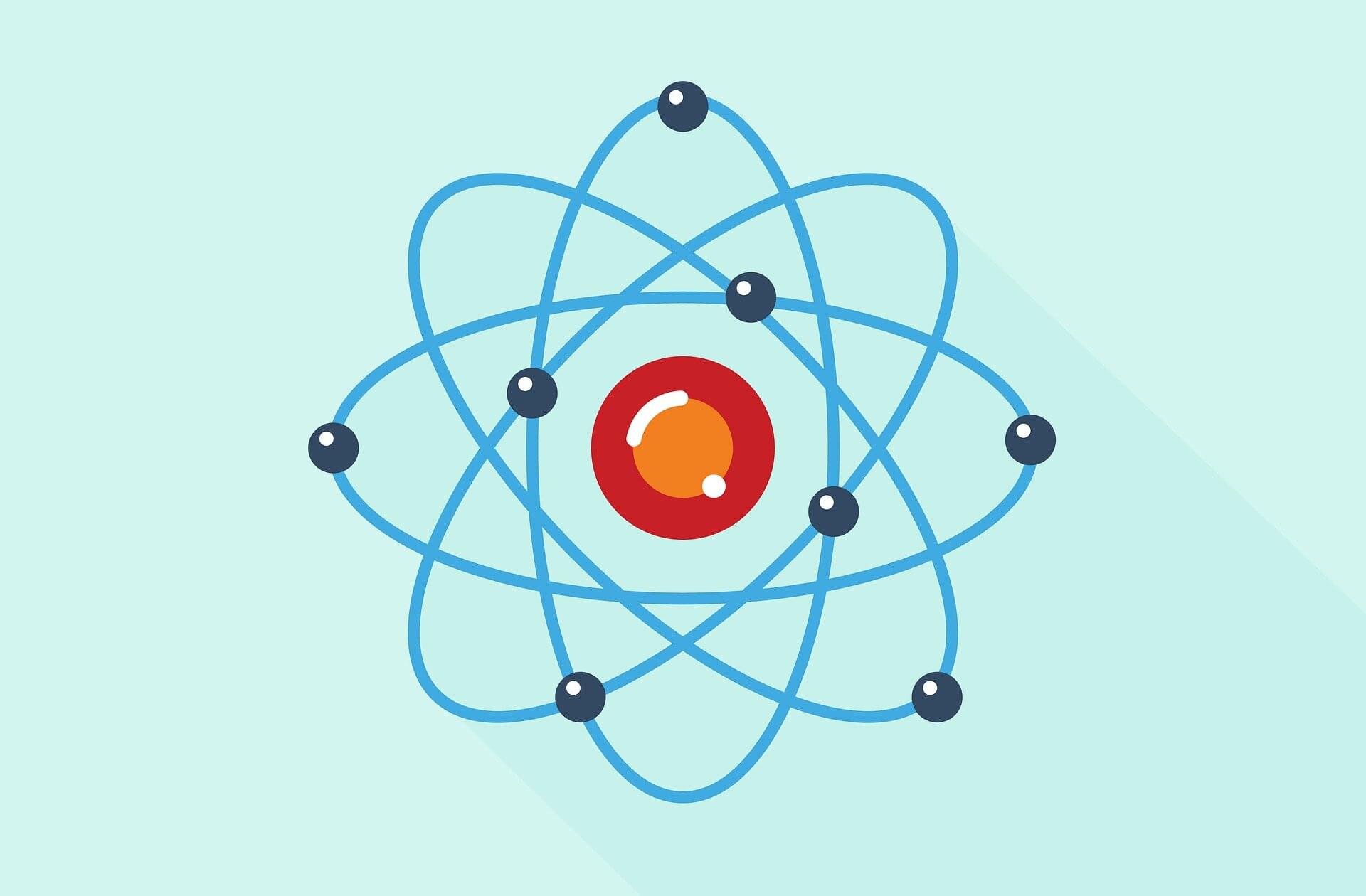
Pinning down protons in water—a basic science success story
The movement of protons through electrically charged water is one of the most fundamental processes in chemistry. It is evident in everything from eyesight to energy storage to rocket fuel—and scientists have known about it for more than 200 years.
But no one has ever seen it happen. Or precisely measured it on a microscopic scale.
Now, the Mark Johnson lab at Yale has—for the first time—set benchmarks for how long it takes protons to move through six charged water molecules. The discovery, made possible with a highly customized mass spectrometer that has taken years to refine, could have far-reaching applications for researchers in years to come.

Mathematical ‘sum of zeros’ trick exposes topological magnetization in quantum materials
A new study addresses a foundational problem in the theory of driven quantum matter by extending the Středa formula to non-equilibrium regimes. It demonstrates that a superficially trivial “sum of zeros” encodes a universal, quantized magnetic response—one that is intrinsically topological and uniquely emergent under non-equilibrium driving conditions.
Imagine a strange material being rhythmically pushed—tapped again and again by invisible hands. These are periodically driven quantum systems, or Floquet systems, where energy is no longer conserved in the usual sense. Instead, physicists speak of quasienergy—a looping spectrum with no clear start or end.
When scientists measure how such a system responds to a magnetic field, every single contribution seems to vanish—like adding an infinite list of zeros. And yet, the total stubbornly comes out finite, quantized, and very real.

Measuring the Unruh effect: Proposed approach could bridge gap between general relativity and quantum mechanics
Researchers at Hiroshima University have developed a realistic, highly sensitive method to detect the Unruh effect—a long-predicted phenomenon at the crossroads of relativity and quantum theory. Their novel approach opens new possibilities for exploring fundamental physics and for developing advanced technologies.
The work is published in Physical Review Letters on July 23, 2025.
The Fulling-Davies-Unruh effect, or simply the Unruh effect, is a striking theoretical prediction at the profound intersection of Albert Einstein’s Theory of Relativity and Quantum Theory.

Turbulence with a twist: New work shows fluid in a curved pipe can undergo discontinuous transition
Turbulence is everywhere, yet much about the nature of turbulence remains unknown. During the last decade, physicists have discovered how fluids in a pipe or similar geometry transition from a smooth, laminar state to a turbulent state as their speed increases.
Surprisingly, in the newly emerging consensus, the process could be understood using statistical mechanics, not fluid mechanics, and was mathematically equivalent to the way in which water percolates down through a coffee filter.
In a new twist, UC San Diego researchers Guru K. Jayasingh and Nigel Goldenfeld have now predicted that if the pipe is sufficiently curved, the transition can become discontinuous, with the turbulent fraction undergoing a jump beyond a critical flow velocity. This jump is mathematically similar to the way in which water can suddenly and discontinuously turn into ice if cooled below the freezing temperature.
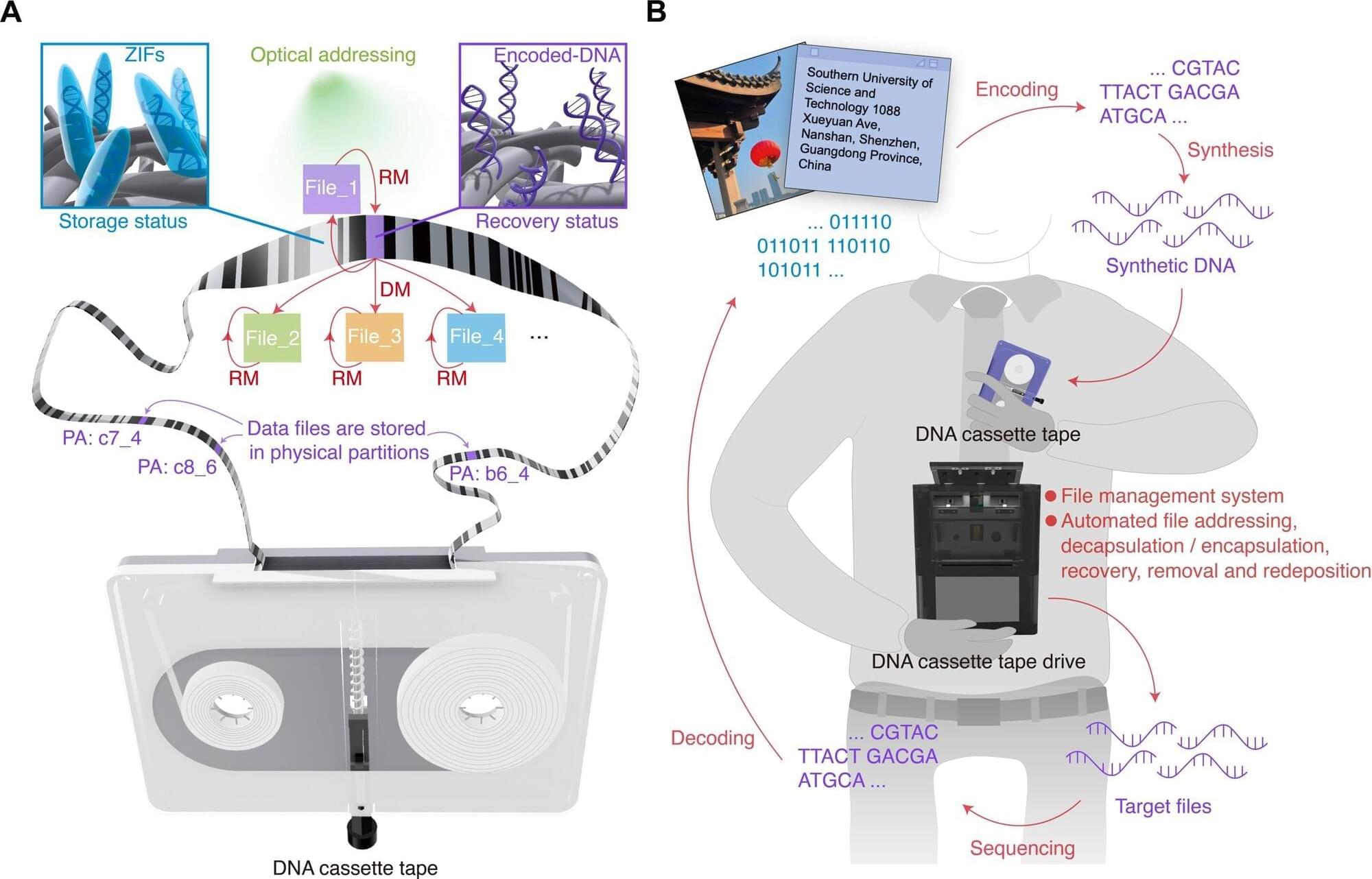
DNA cassette tapes could solve global data storage problems
Our increasingly digitized world has a data storage problem. Hard drives and other storage media are reaching their limits, and we are creating data faster than we can store it. Fortunately, we don’t have to look too far for a solution, because nature already has a powerful storage medium with DNA (deoxyribonucleic acid). It is this genetic material that Xingyu Jiang at the Southern University of Science and Technology in China and colleagues are using to create DNA storage cassettes.